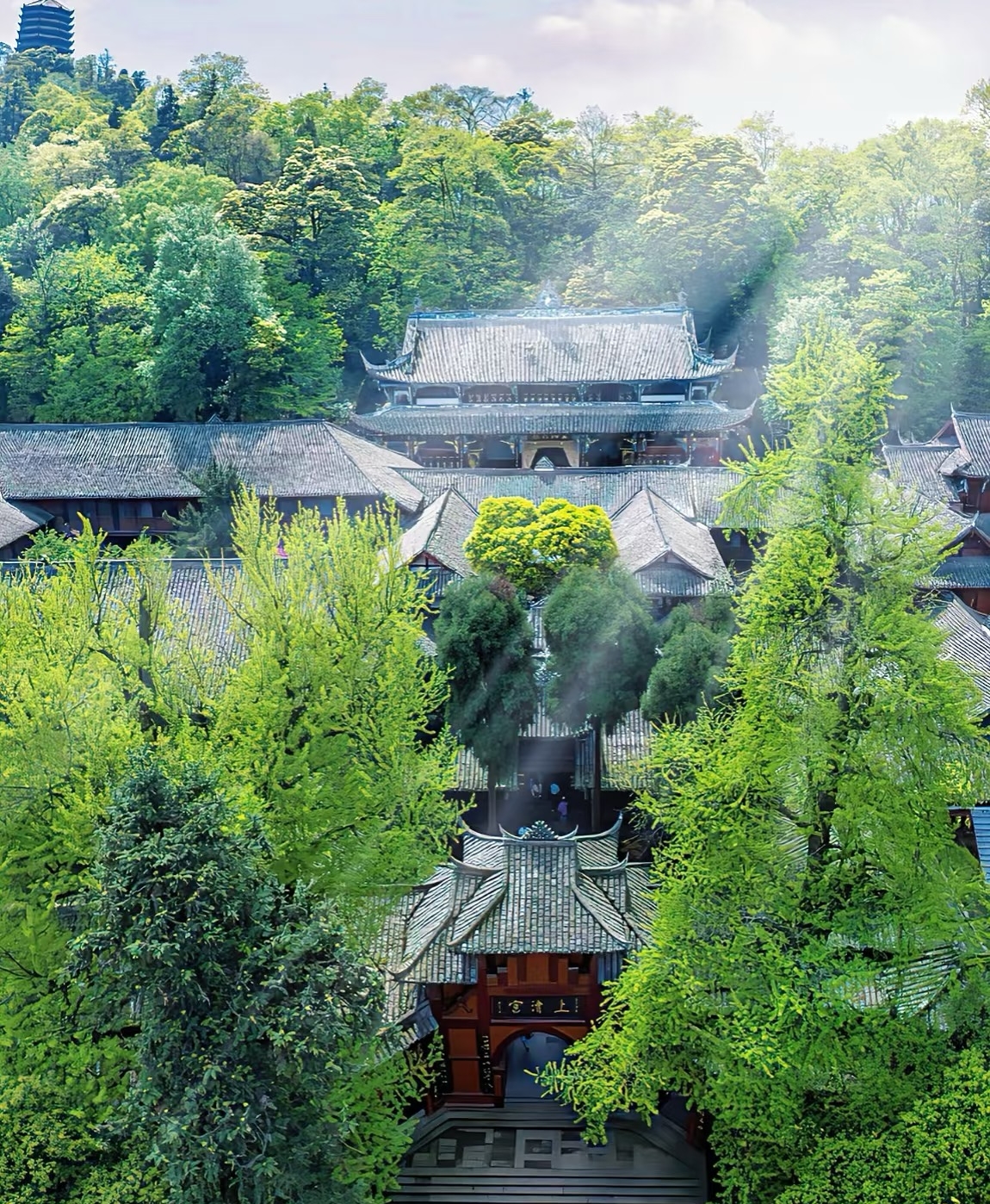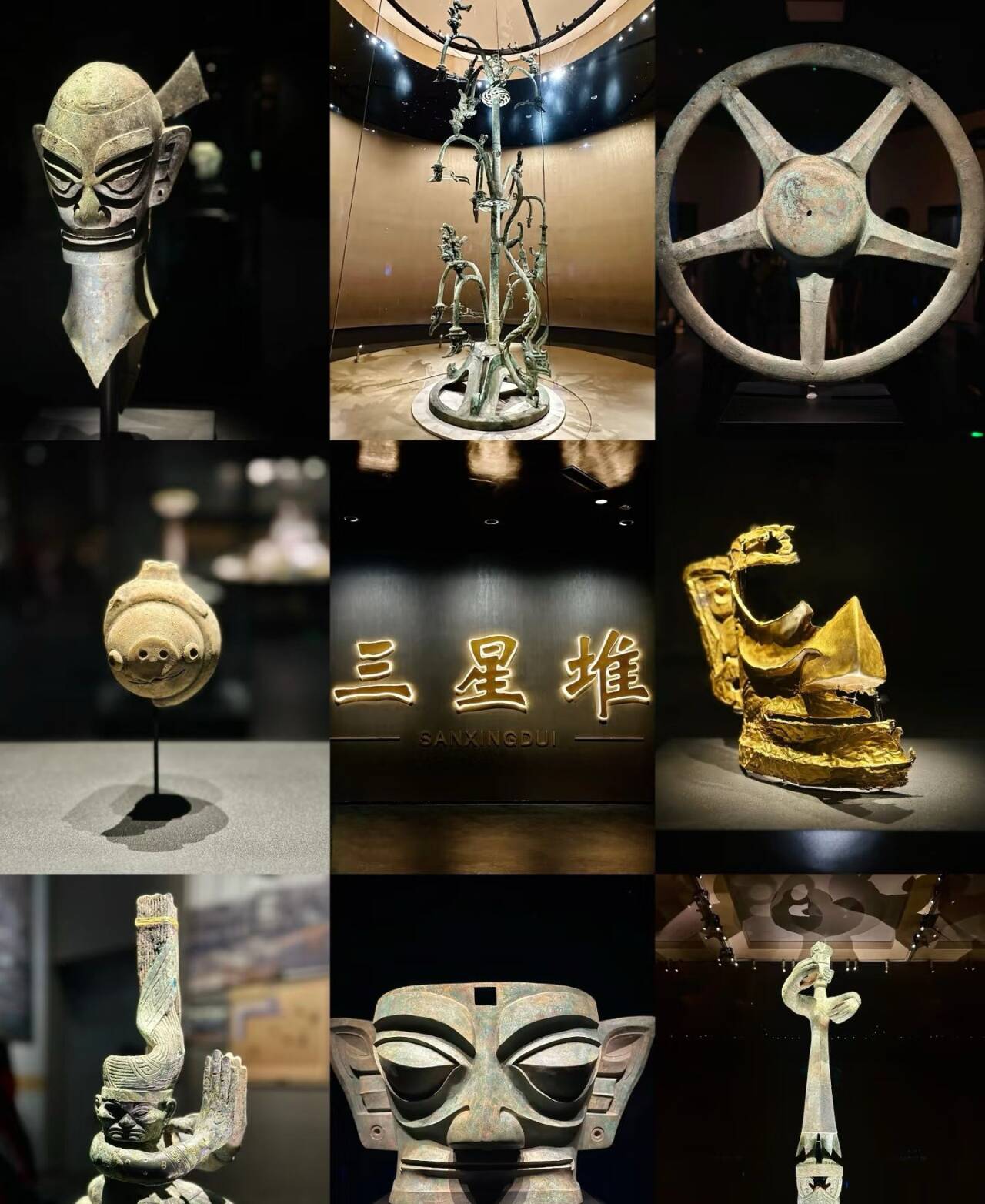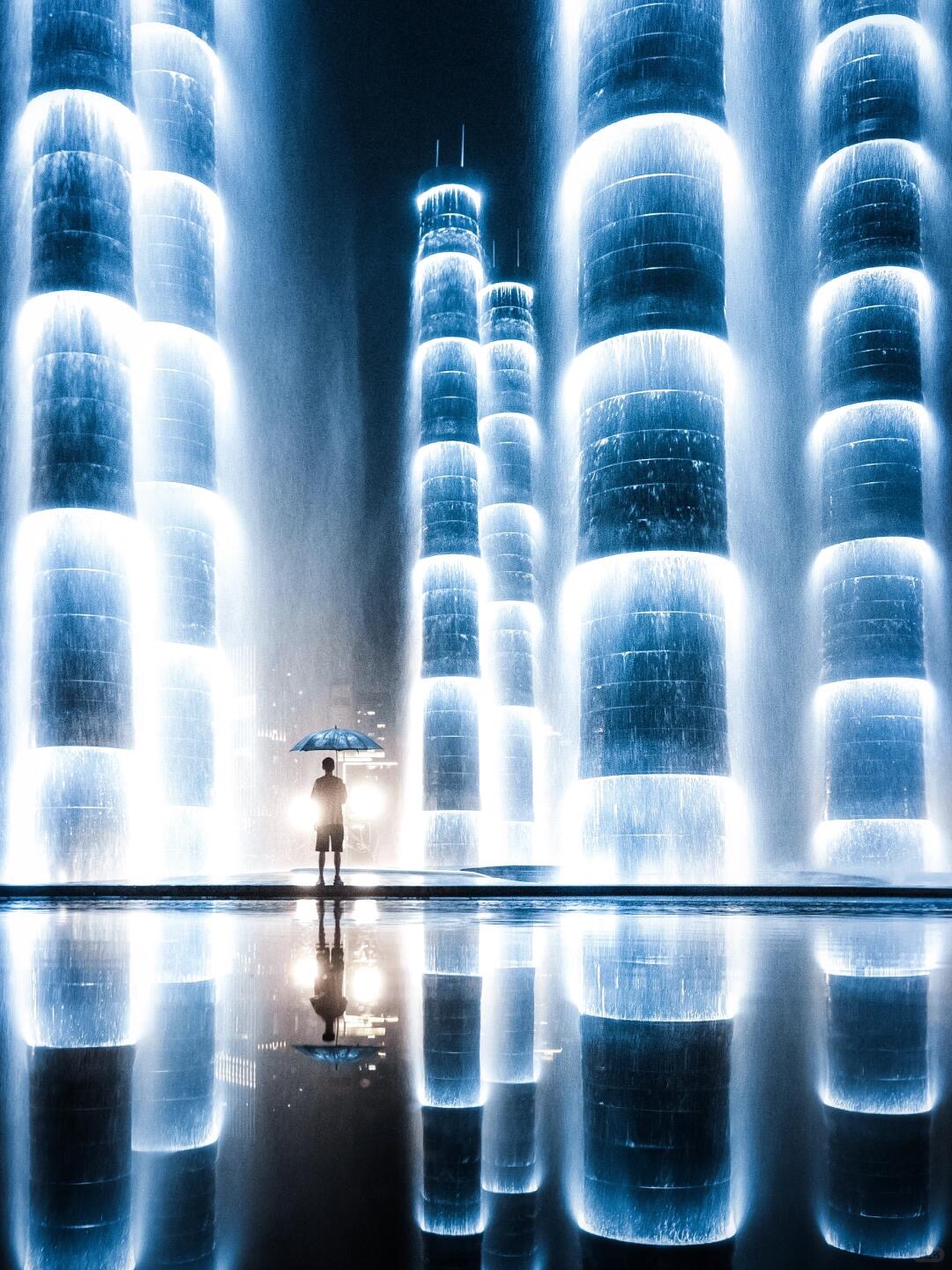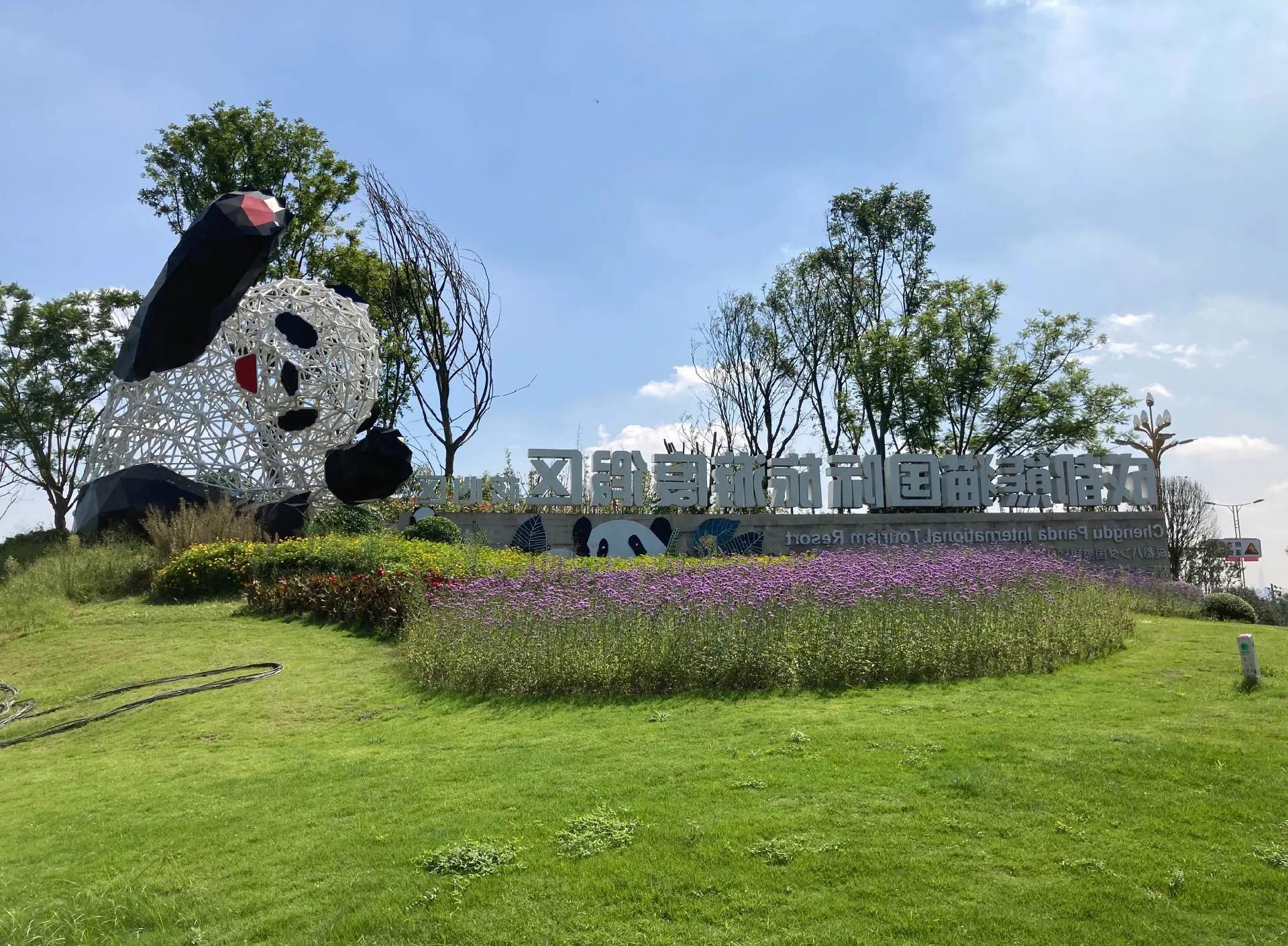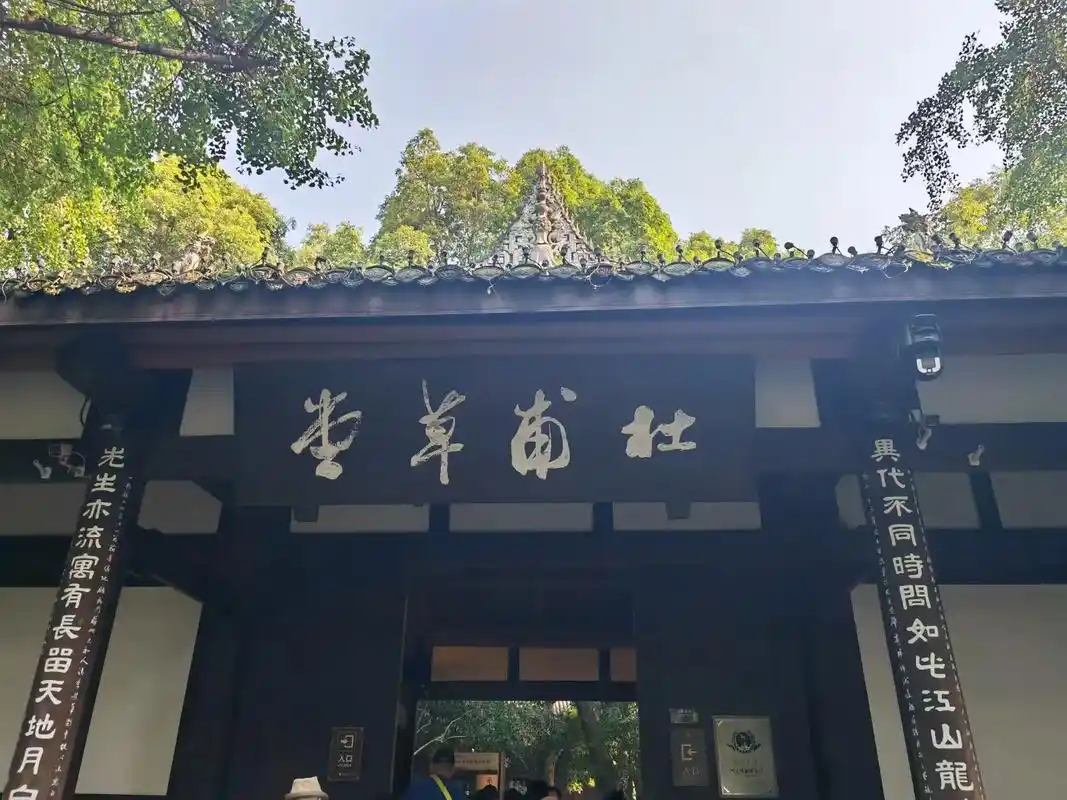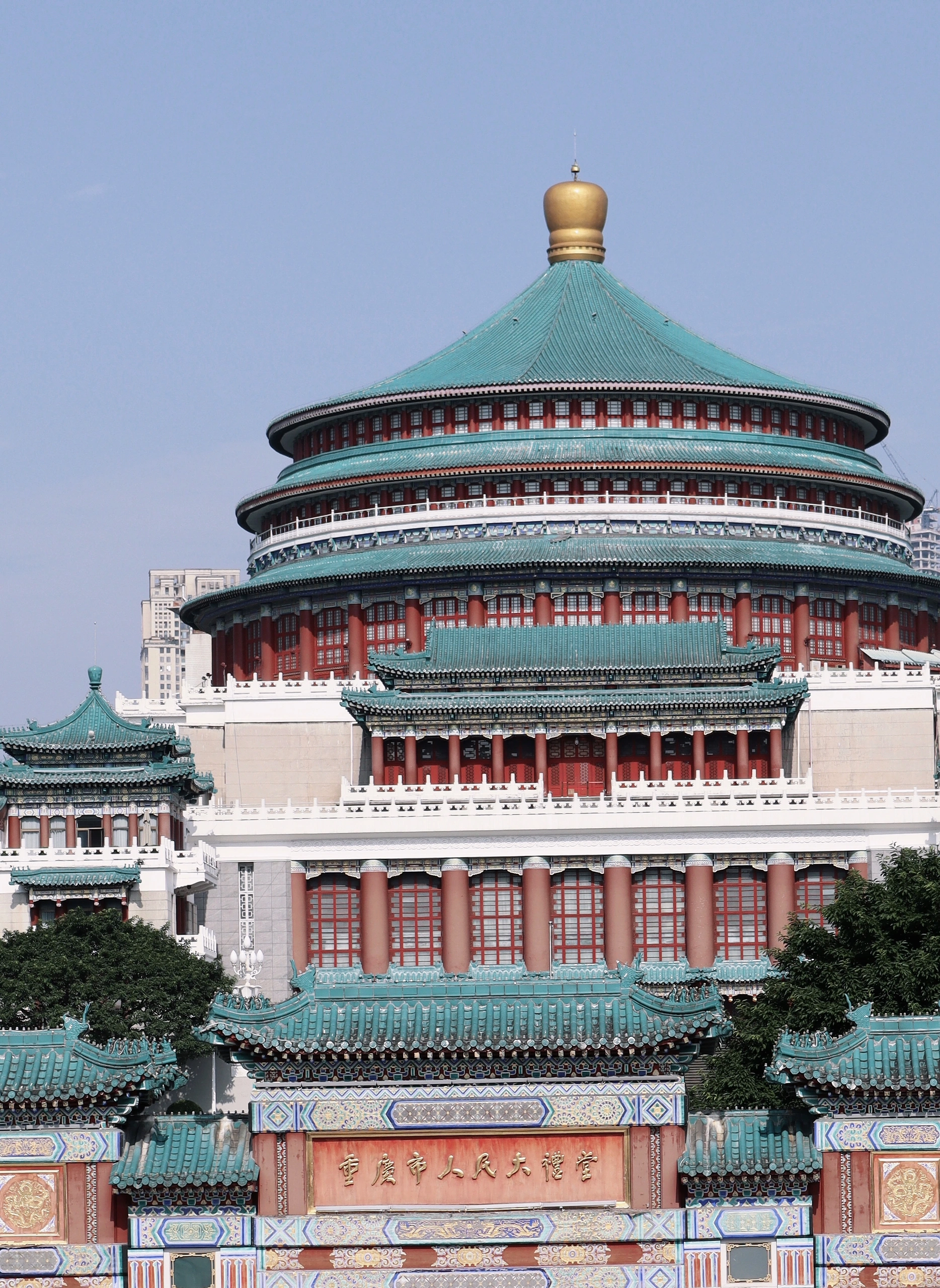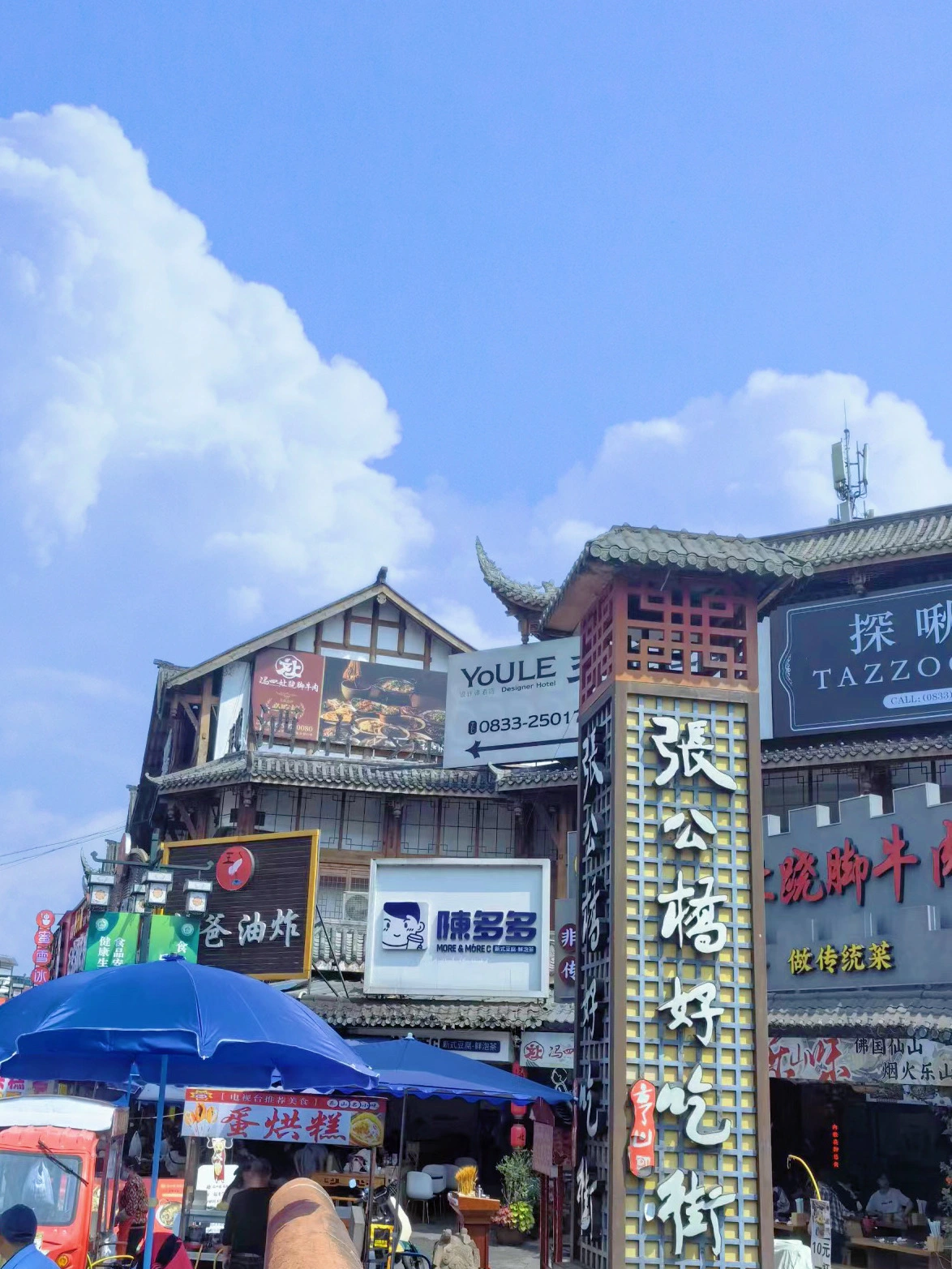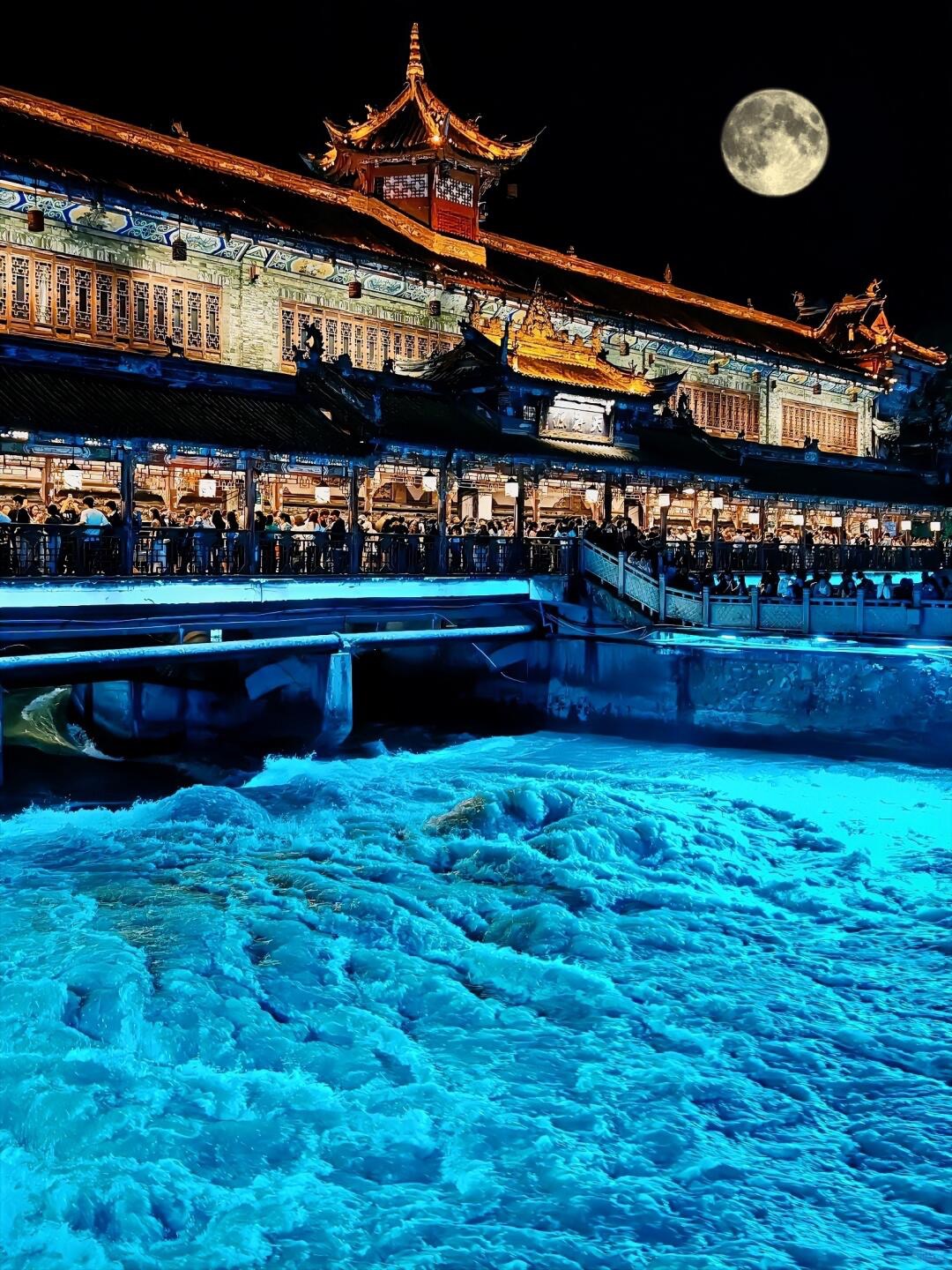

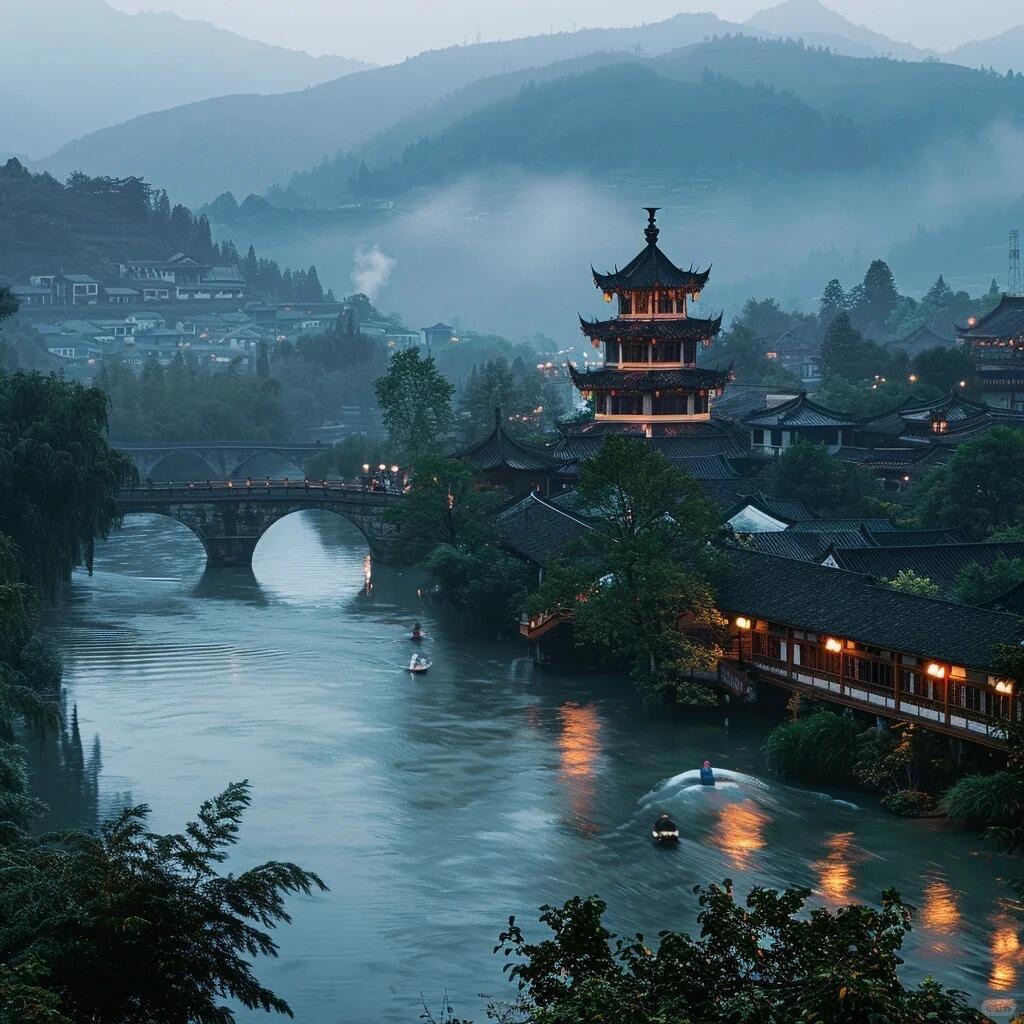
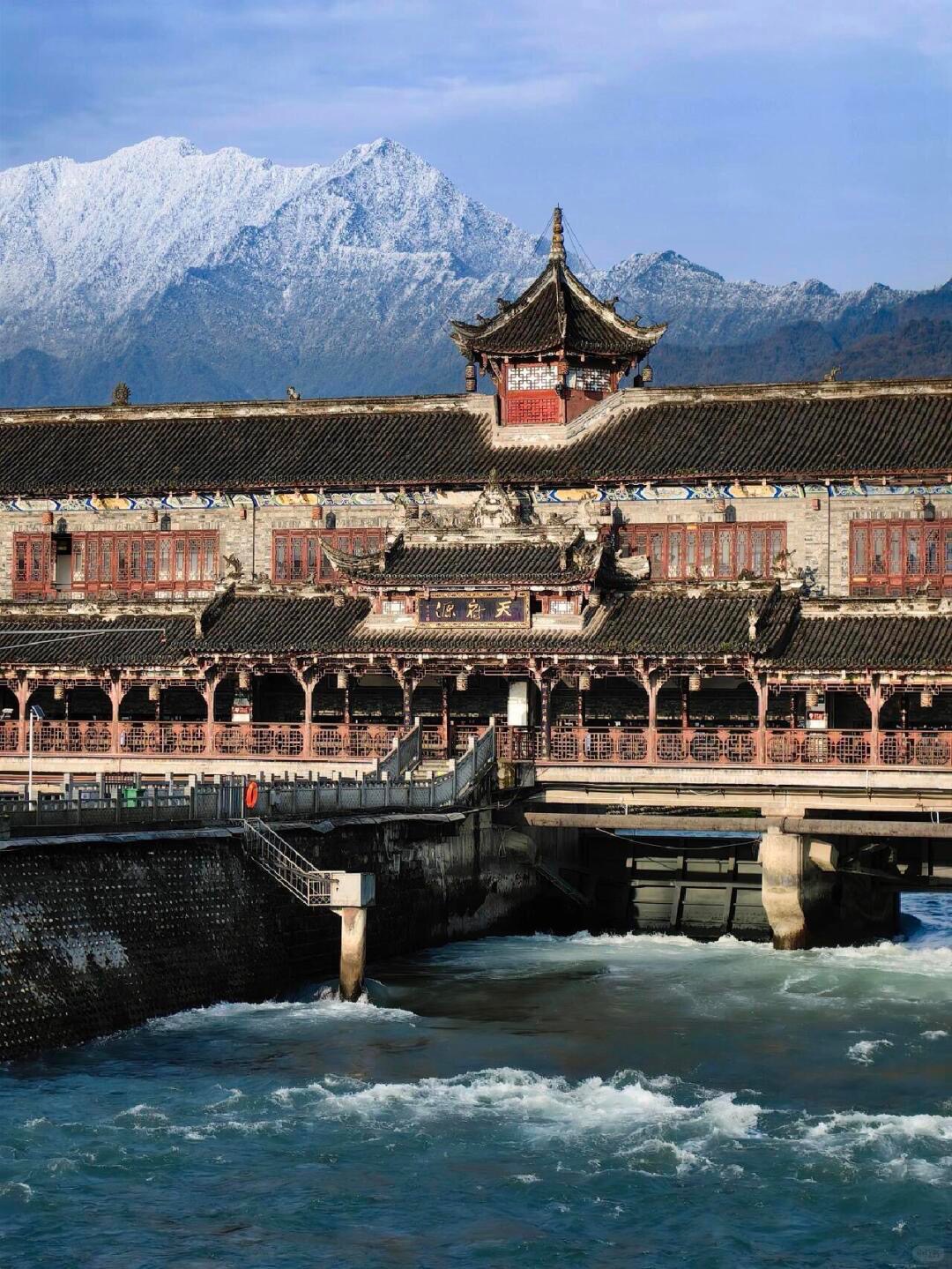
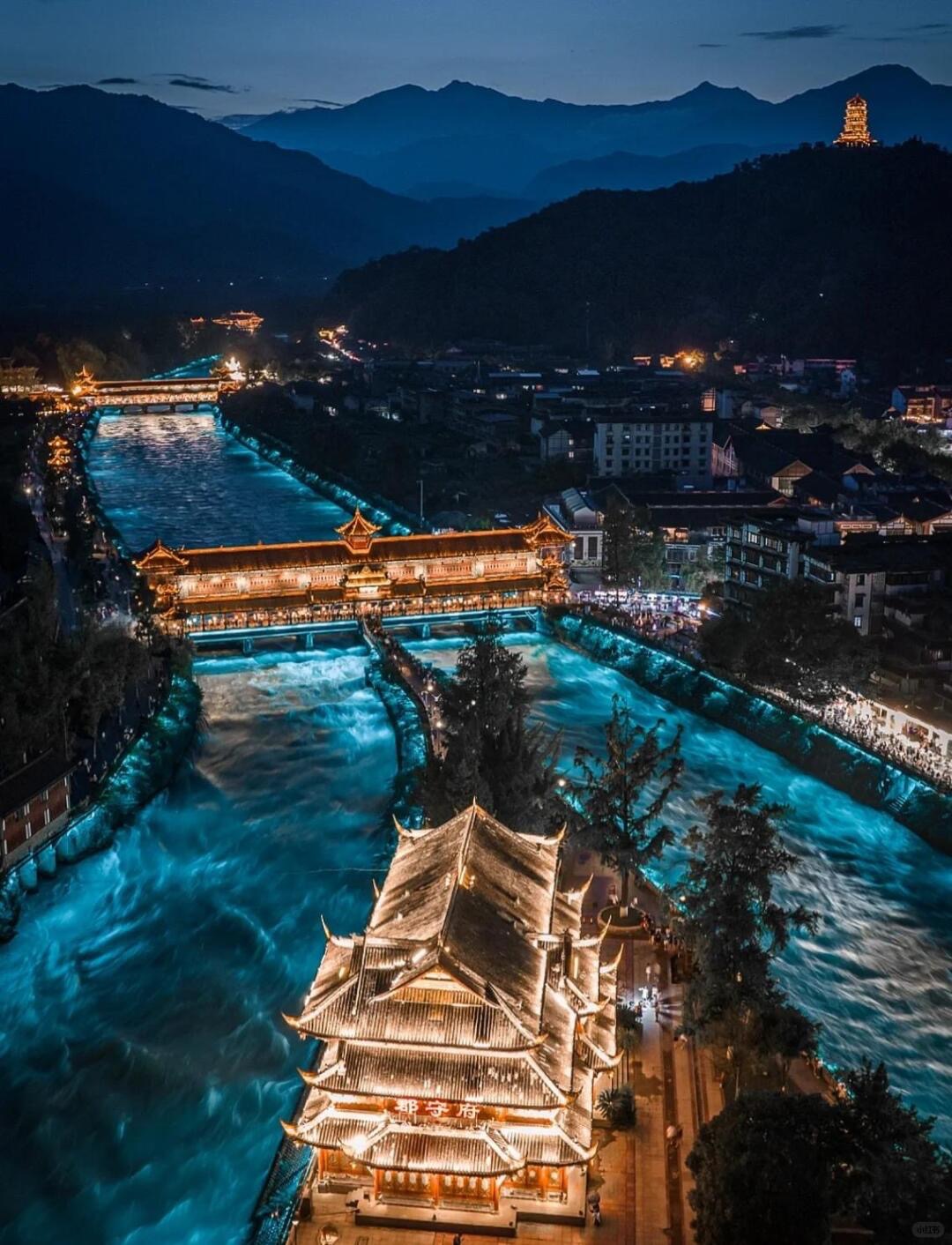
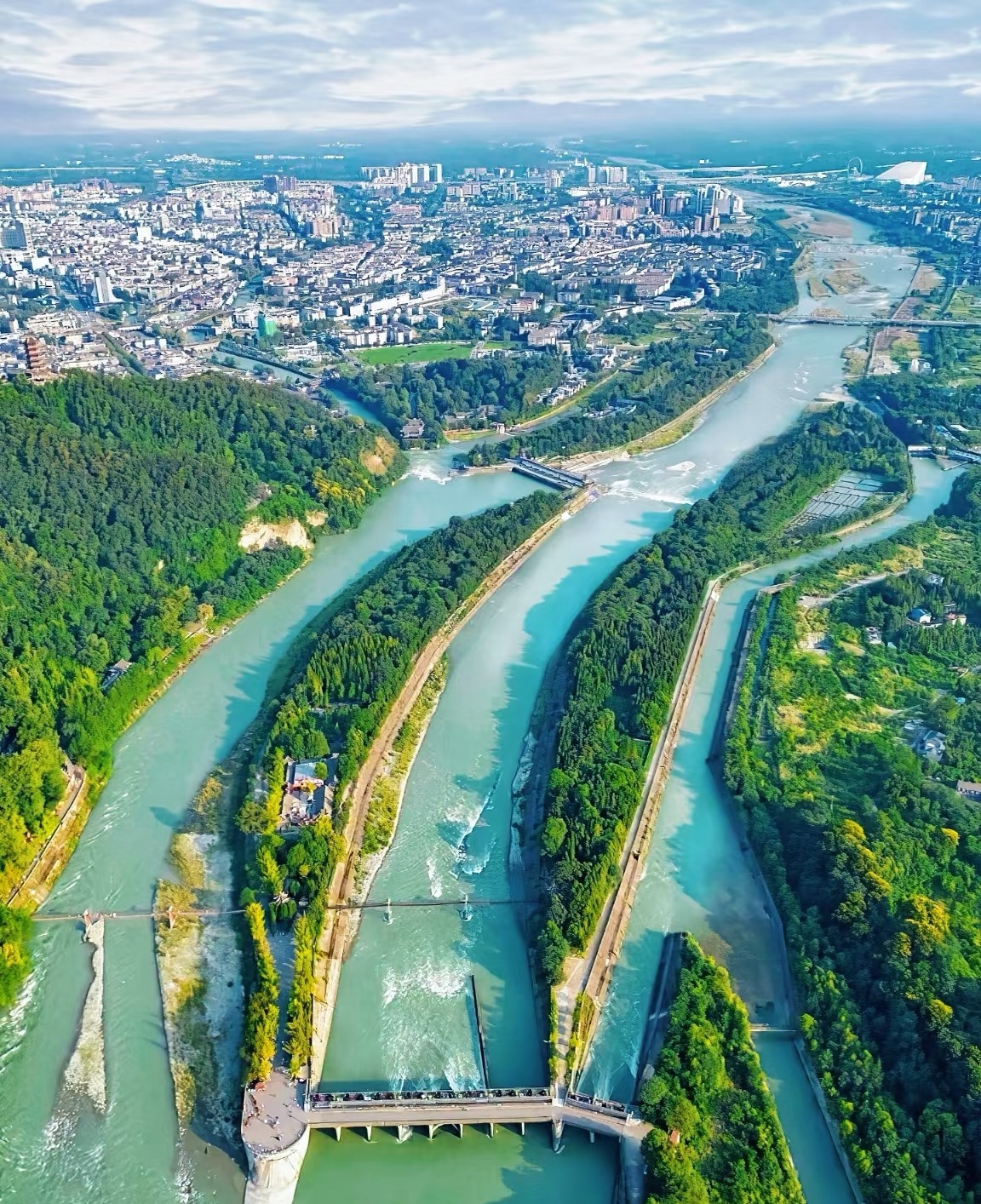
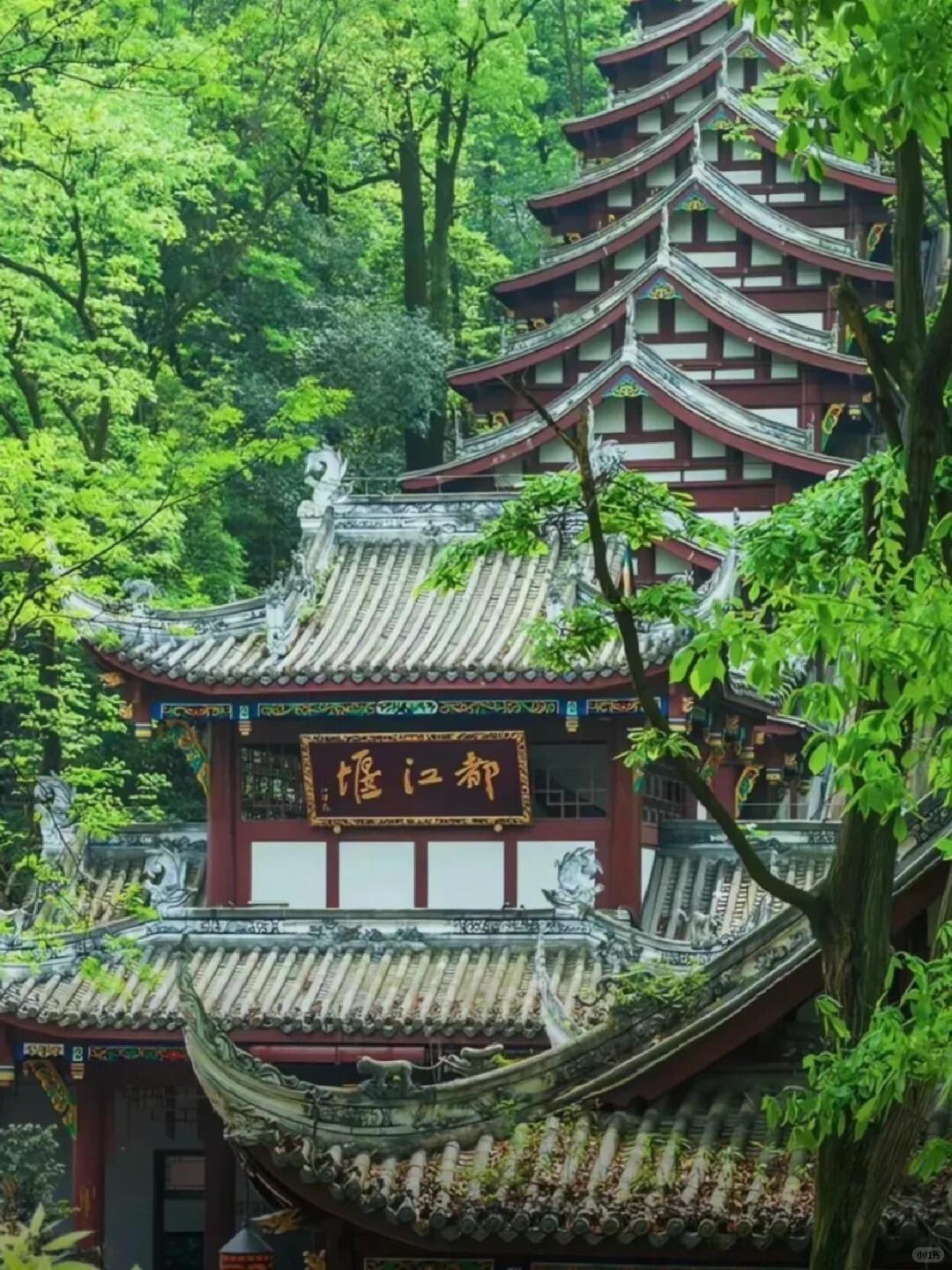
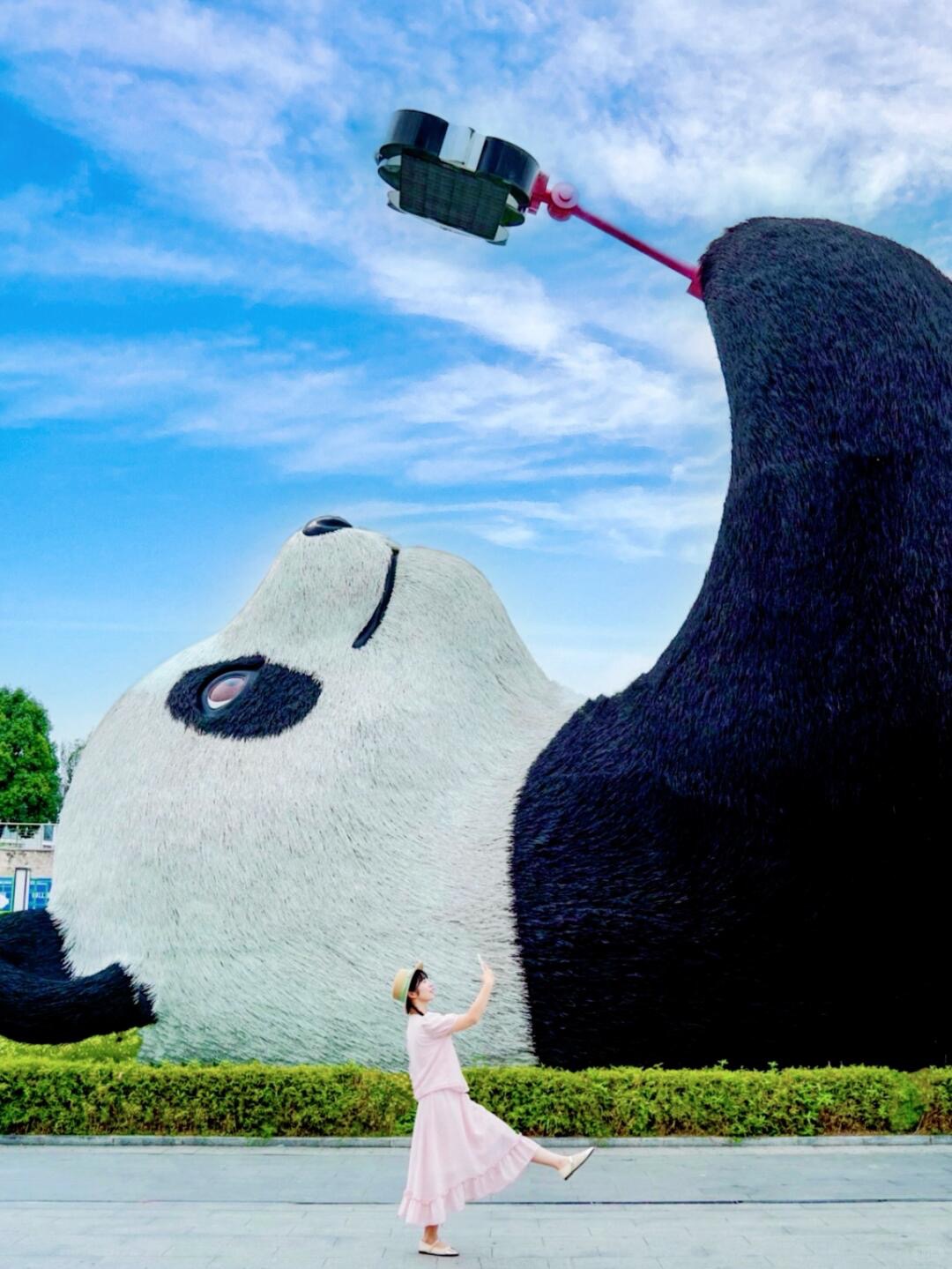

Dujiangyan Irrigation System
Dujiangyan is located in Dujiangyan City, Chengdu, Sichuan Province, China, at the upper reaches of the Minjiang River. Its specific geographical coordinates are 30°59′ north latitude and 103°36′ east longitude. It is the oldest non-dam water diversion project in the world, constructed around 256 BC by Li Bing and his son, governors of the Shu Prefecture during the Qin Dynasty. To this day, it continues to play a vital role in water management. The Dujiangyan Scenic Area includes three main components: the Fish Mouth Levee, the Flying Sand Weir, and the Bottle-Neck Channel, showcasing the remarkable ingenuity of ancient Chinese hydraulic engineering. The area also features historical and cultural relics such as the Erwang Temple and Fulong Temple, blending natural and cultural landscapes. Dujiangyan was listed as a UNESCO World Heritage Site in 2000.
Information
Ticket price
Time
Location
Gongyuan Rd, Dujiangyan, Chengdu, Sichuan, China
View maps
More about the trip
Dujiangyan Irrigation System: An Ancient Engineering Marvel
Dujiangyan is located in Dujiangyan City, Chengdu, Sichuan Province, China, at the upper reaches of the Minjiang River. It is the oldest non-dam water diversion project in the world, constructed around 256 BC by Li Bing and his son, governors of the Shu Prefecture during the Qin Dynasty. To this day, it continues to play a vital role in water management, flood control, and irrigation for the Chengdu Plain. The Dujiangyan Scenic Area includes three main components: the Fish Mouth Levee, the Flying Sand Weir, and the Bottle-Neck Channel, showcasing the remarkable ingenuity of ancient Chinese hydraulic engineering. It is a UNESCO World Heritage Site.
What to See and Do
Fish Mouth Levee (Yuzui): This is the key part of the system, a fish-mouth-shaped levee that naturally divides the Minjiang River into two parts: the Inner River (for irrigation) and the Outer River (for flood discharge). It's a marvel of ancient engineering that has worked for over two millennia.
Flying Sand Weir (Feishayan): This spillway automatically discharges excess water and silt, preventing blockages and ensuring the smooth flow of water. Its design is based on the principle of natural flow and sediment transport.
Bottle-Neck Channel (Baopingkou): This narrow, bottle-neck-shaped channel, carved through a mountain, directs water from the Inner River to the Chengdu Plain for irrigation.
Erwang Temple (二王庙): A temple dedicated to Li Bing and his son, who designed and oversaw the construction of the irrigation system. It offers beautiful architecture and panoramic views of the system.
Fulong Temple (伏龙观): Located near the Fish Mouth Levee, this temple houses a statue of Li Bing and provides insights into the history of the project.
Anlan Suspension Bridge (安澜索桥): A picturesque and historic rope bridge that spans the Minjiang River, offering great views of the irrigation system and the surrounding landscape.
Best Time to Visit
Spring and autumn offer the most pleasant weather for exploring. The system is operational year-round, but the water flow might be more impressive during the rainy season.
How to Get There
Dujiangyan Irrigation System is located in Dujiangyan City, about an hour's drive from Chengdu. You can take a high-speed train from Chengdu to Dujiangyan Railway Station (都江堰站), and then a taxi or local bus to the scenic area. Many tour operators in Chengdu offer organized day trips that combine Dujiangyan and Mount Qingcheng.
Travel Tips
Wear comfortable shoes: You'll be doing a lot of walking around the extensive site.
Allow ample time: Plan for at least 3-4 hours to explore the various components of the system and the temples.
Hire a guide or use an audio guide: To fully appreciate the engineering genius and historical significance, a guide can be very helpful.

